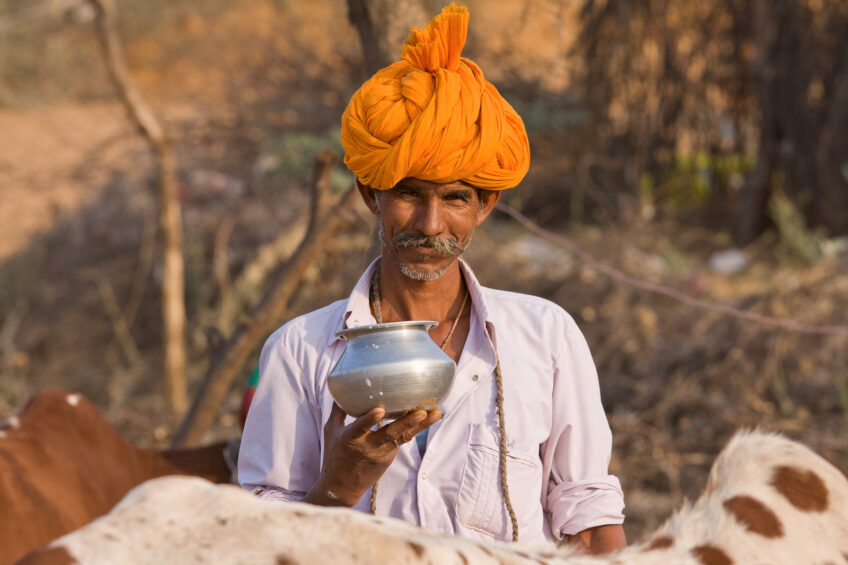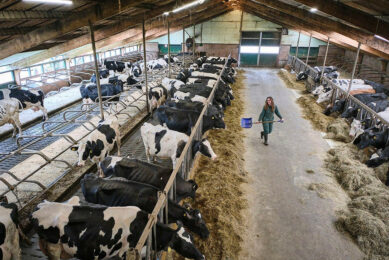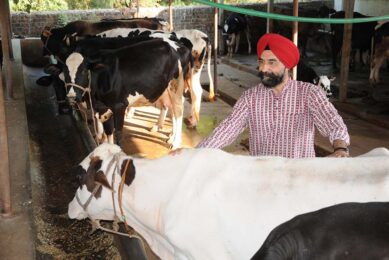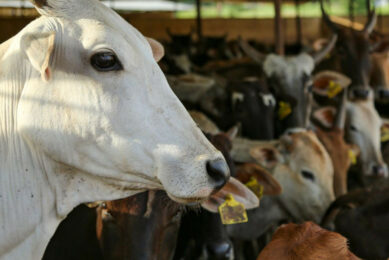India’s dairy ambitions are high, but feed is a problem

India wants to double the domestic milk production by 2027. However, limited amount of fodder and the quality of concentrates are some of the hurdles to overcome.
This what Adriaan Vernooij from Wageningen University & Research centre (WUR) in the Netherlands explained at a recent meeting from NAFTC in the Netherlands. Companies involved in the dairy sector where present to be updated on the possibilities to do business in India. The WUR is involved with several projects in India and is able to speak from experience.
Investment opportunities within India’s diary sector
The Indian dairy sector holds many opportunities. Not only is it the largest producer of milk (140 million tonnes, 17% of global milk production, primarily coming from the many small farms) with a rapidly increasing consumer market, the Indian National Dairy Plan aims to double its milk production over the period 2012-2027. “This creates great opportunities for parties with dairy expertise, such as the Dutch dairy industry,” as explained in the meeting. The milk production in India has already seen a stable growth in the last 10 years.
Still some obstacles for India’s dairy sector
Although India has the largest bovine semen station in the world, breeding is not at all developed yet, and the achievements of AI services at village level are poor. At the same time, Indian religious factors prevent the efficient use of bovines (old/unproductive cows are not culled from the herd). Especially the smaller farmers operate in an inefficient, informal market. “An inadequate cold chain and processing sector causes loss of product as well. These are all issues that should be taken into account when doing business in India,” Vernooij explained.
Lack of fodder hinders increased milk production
To increase the production, more fresh fodder and quality concentrates are needed. The National Dairy Plan in India has formulated different strategies to be able to double the milk output in the next 12 years. One important one is the animal feed. “The availability of green fodder in India is limited. With the limited land under fodder cultivation, there is need to focus to improve productivity of fodder crops and common grazing lands. In addition, it is key to have a good system to conserve surplus green fodder to enhance availability during the lean period,” according to the National Dairy (NDDB) Development Board (key player of the Dairy Plan). One key approach is to have quality fodder seed. The plan is to have seven new seed processing units in India. Also concentrate feeding can be stepped up in terms of quality.
Future outlook of India’s dairy industry
Besides better focus on breeding and nutrition. India also wants to improve the total dairy processing chain. This way, the use of fresh milk can be improved. Vernooij also addressed that building relations in India takes time. When building relations with partners in India, capabilities will be tested several times, before a bond of trust is established and the investment begins to pay off. But the facts are clear: The growth of the India dairy sector is larger than the average world growth for dairy (4.4% compared to 2.2%). Some large projects are being established in India, with capacities between 500 and 5,000 dairy cows. Some are successful, some aren’t. If the country is able to double its production will be seen in the near future.
Join 13,000+ subscribers
Subscribe to our newsletter to stay updated about all the need-to-know content in the dairy sector, two times a week.










